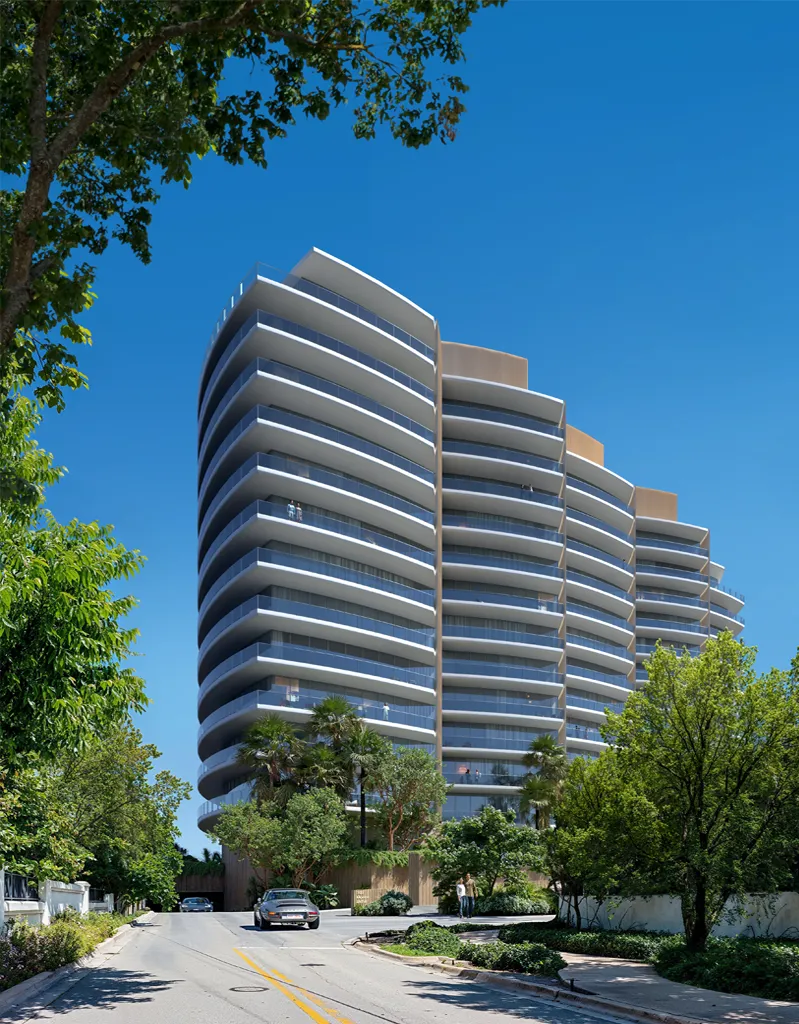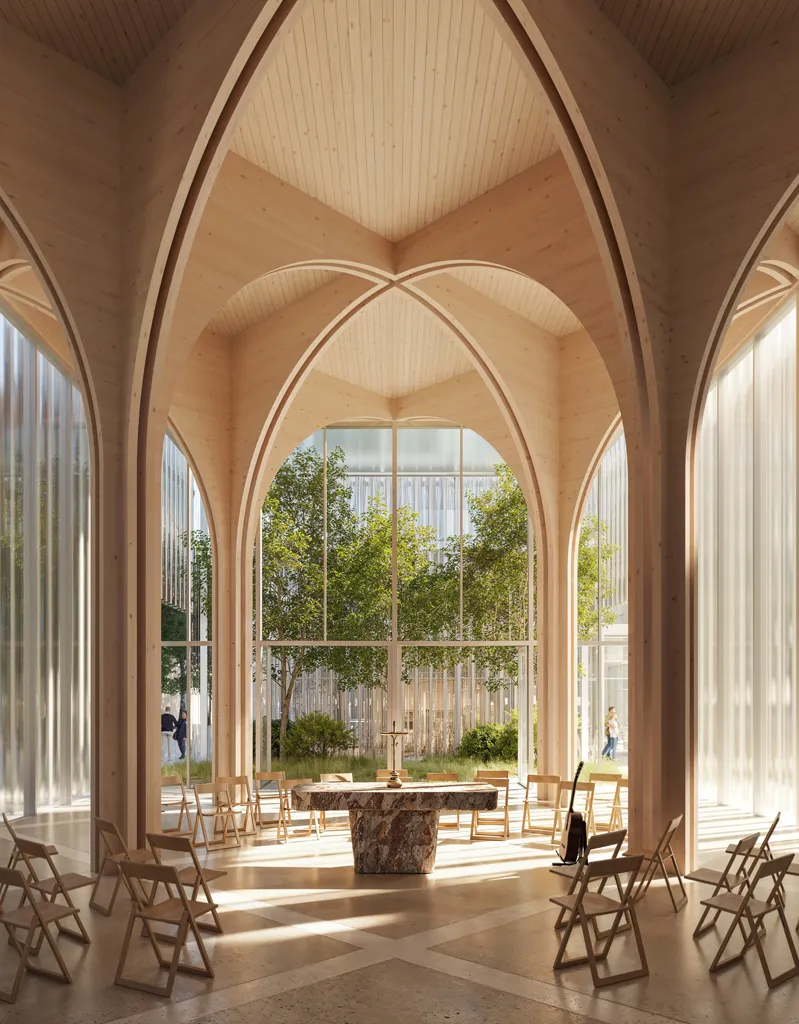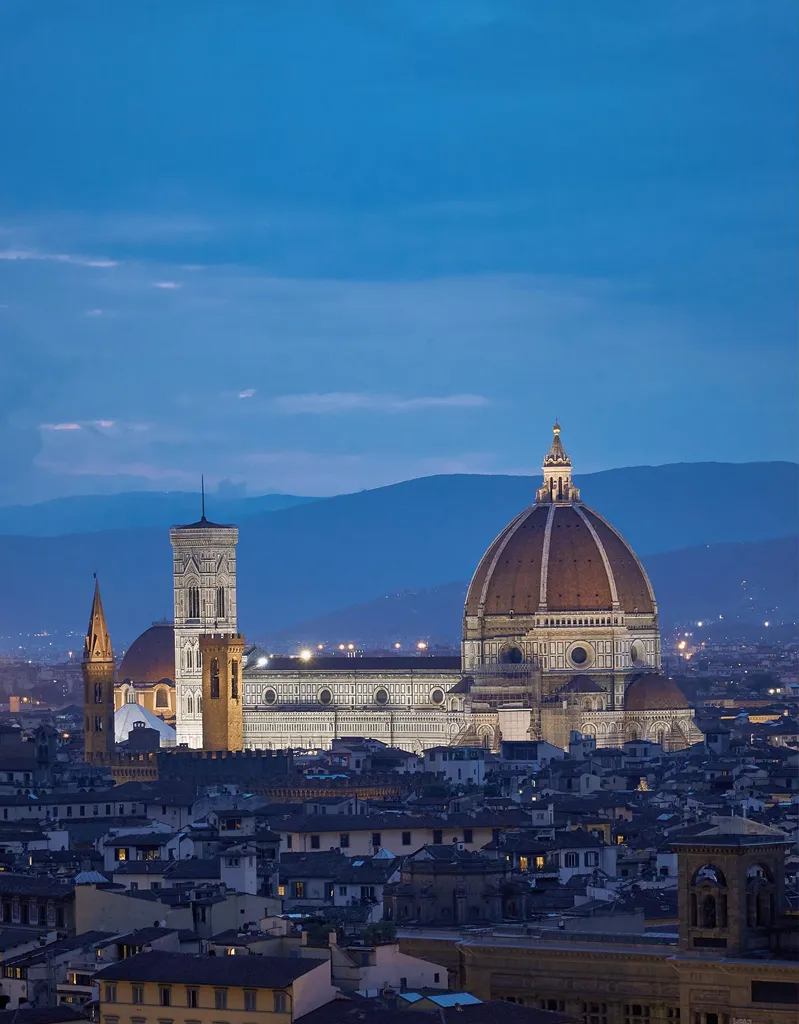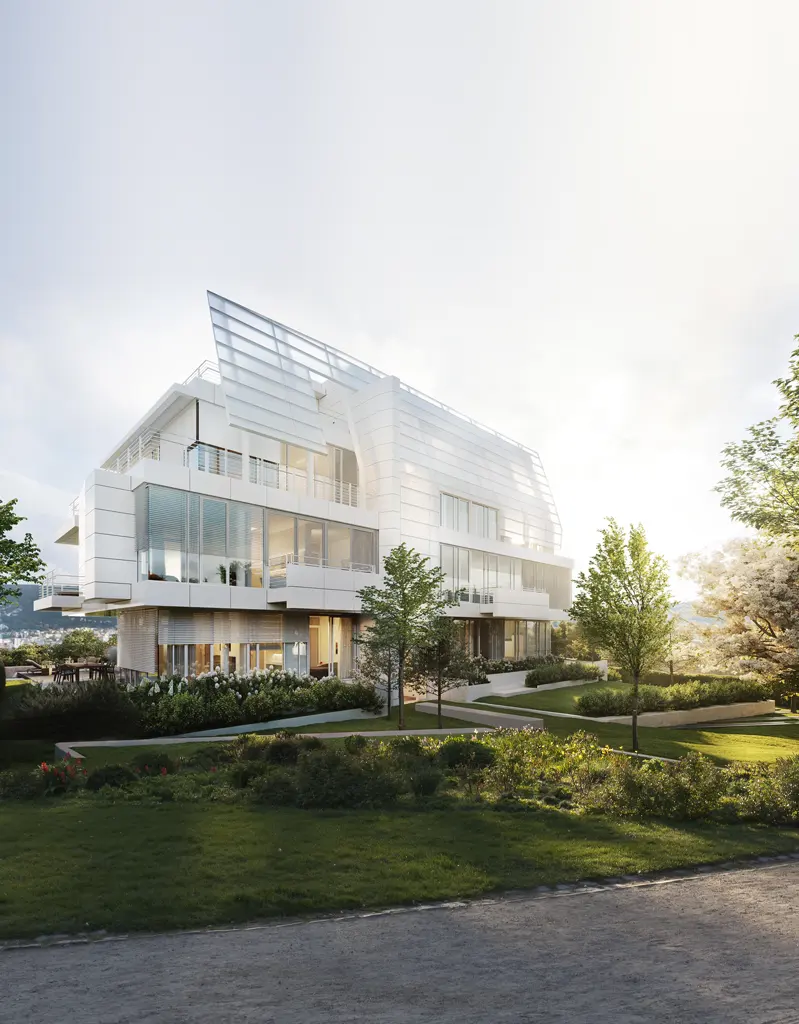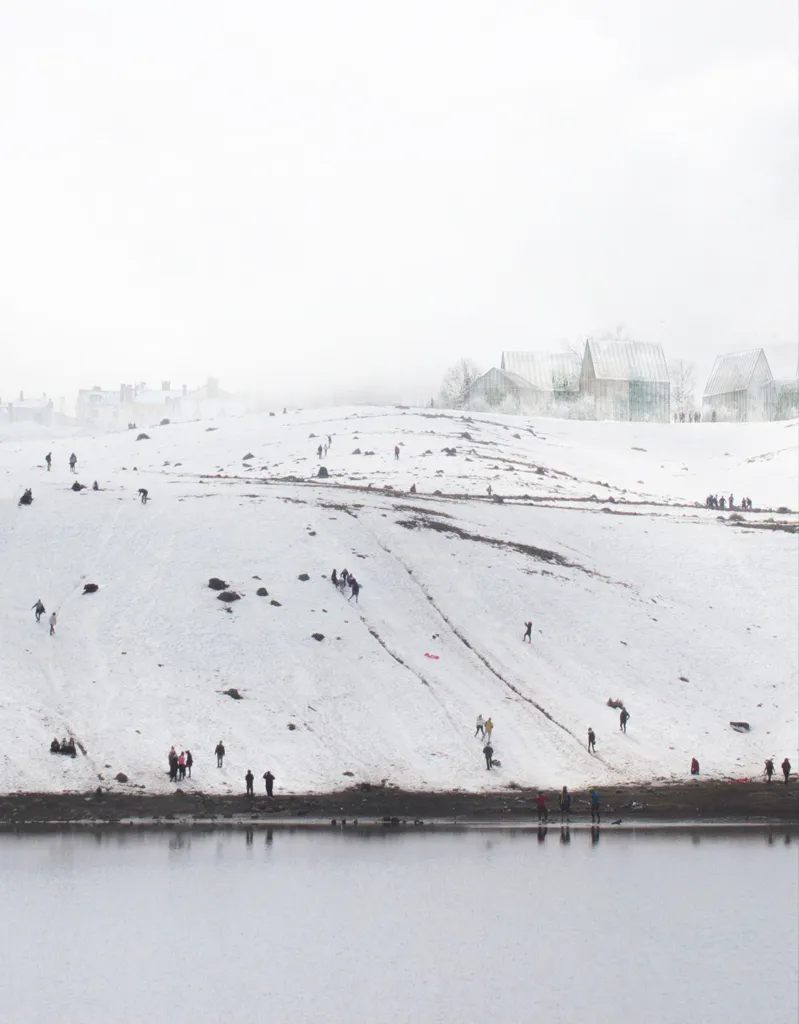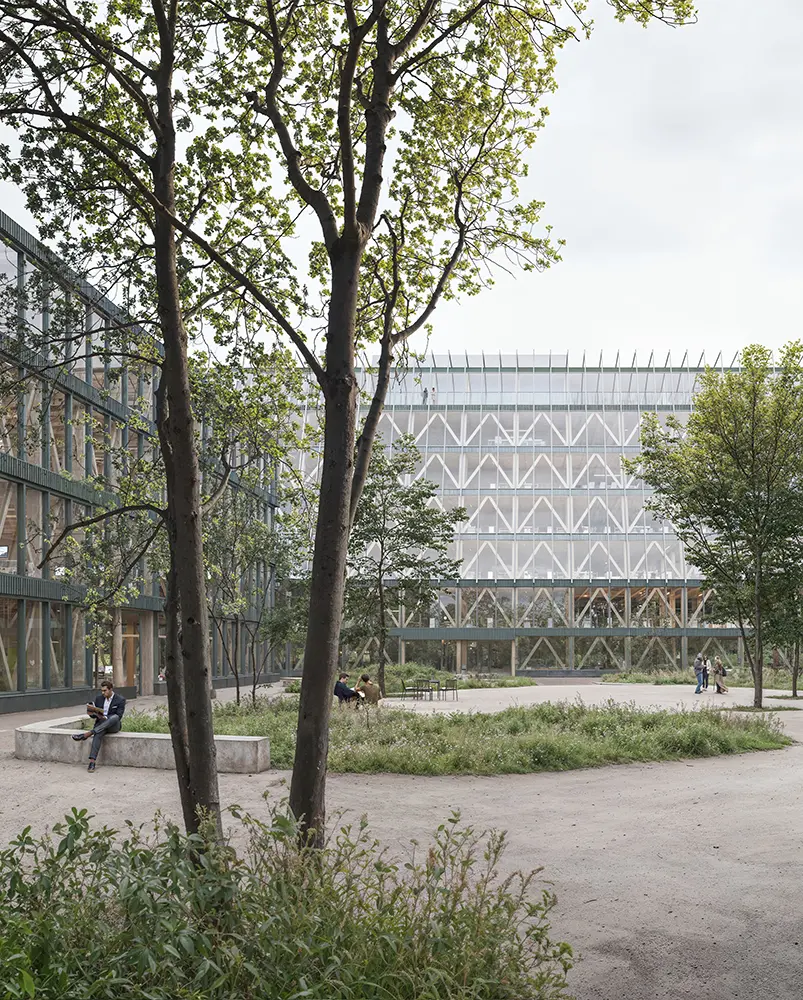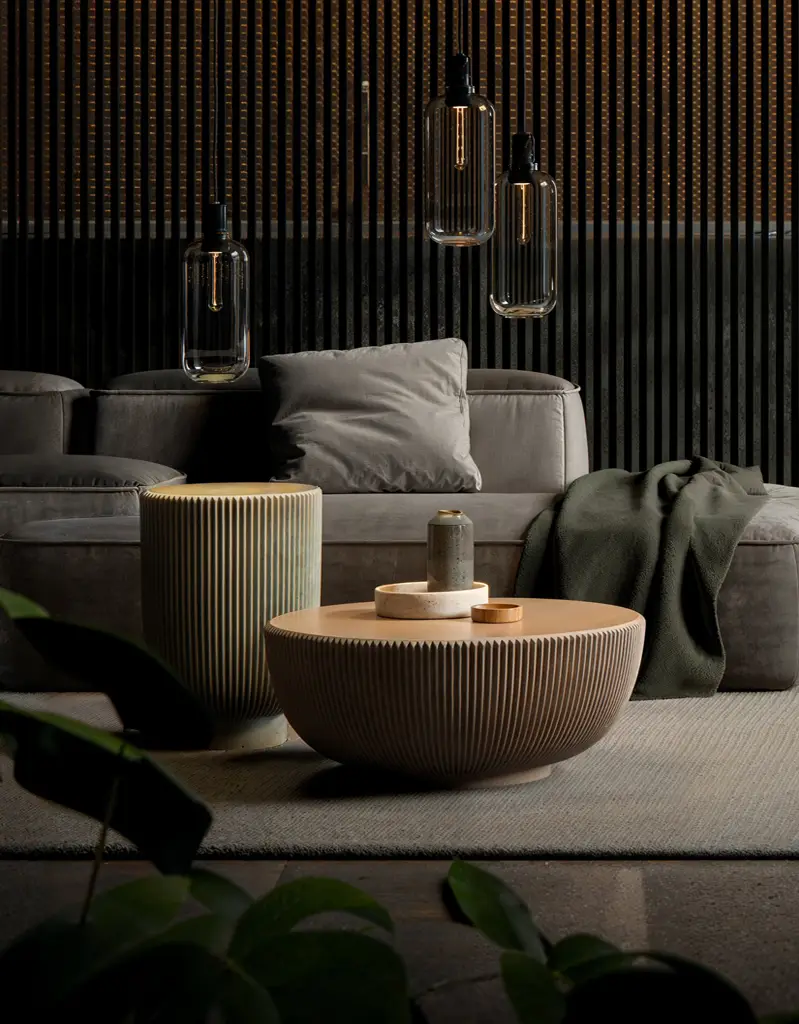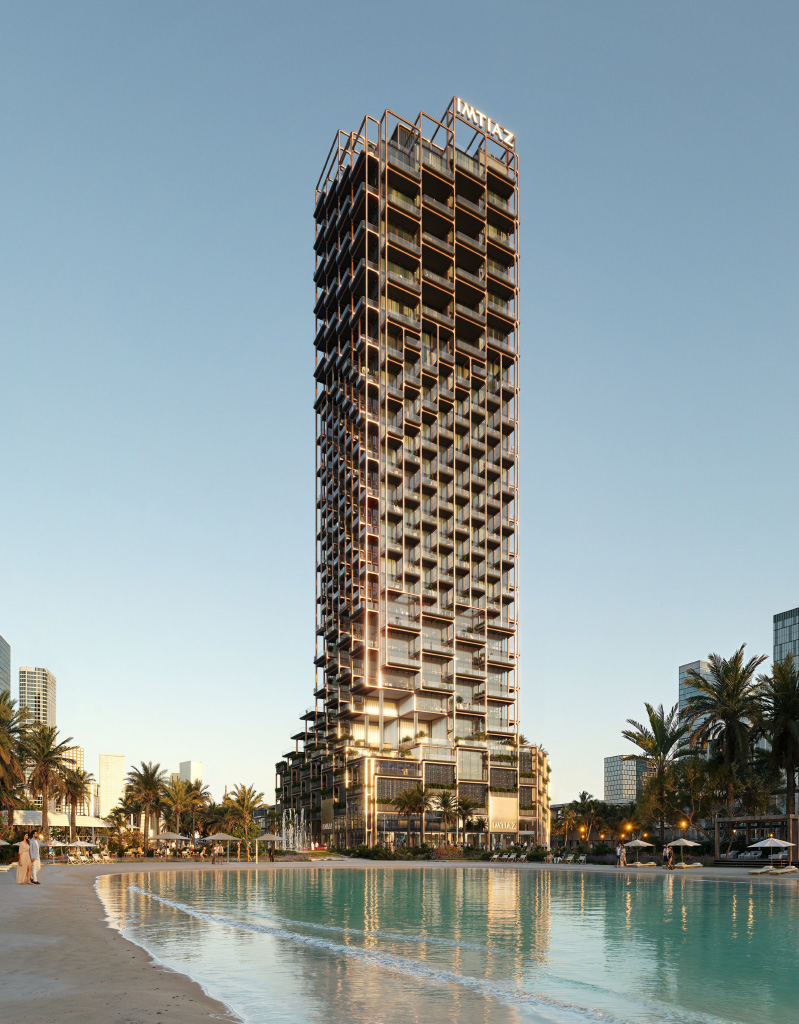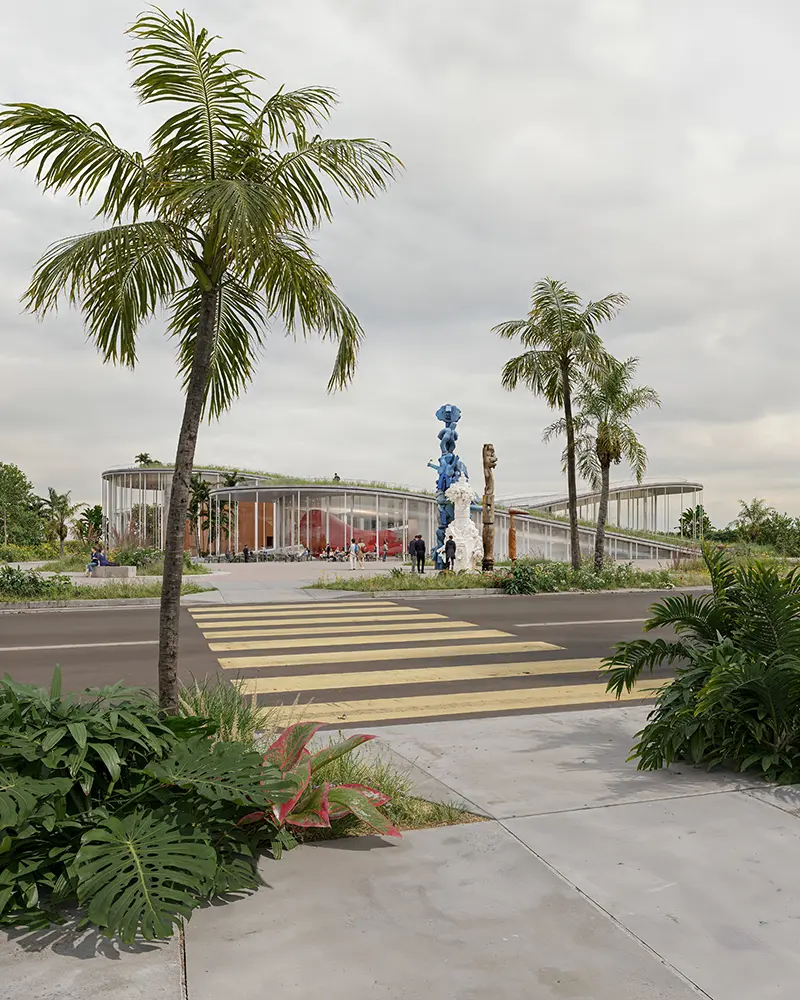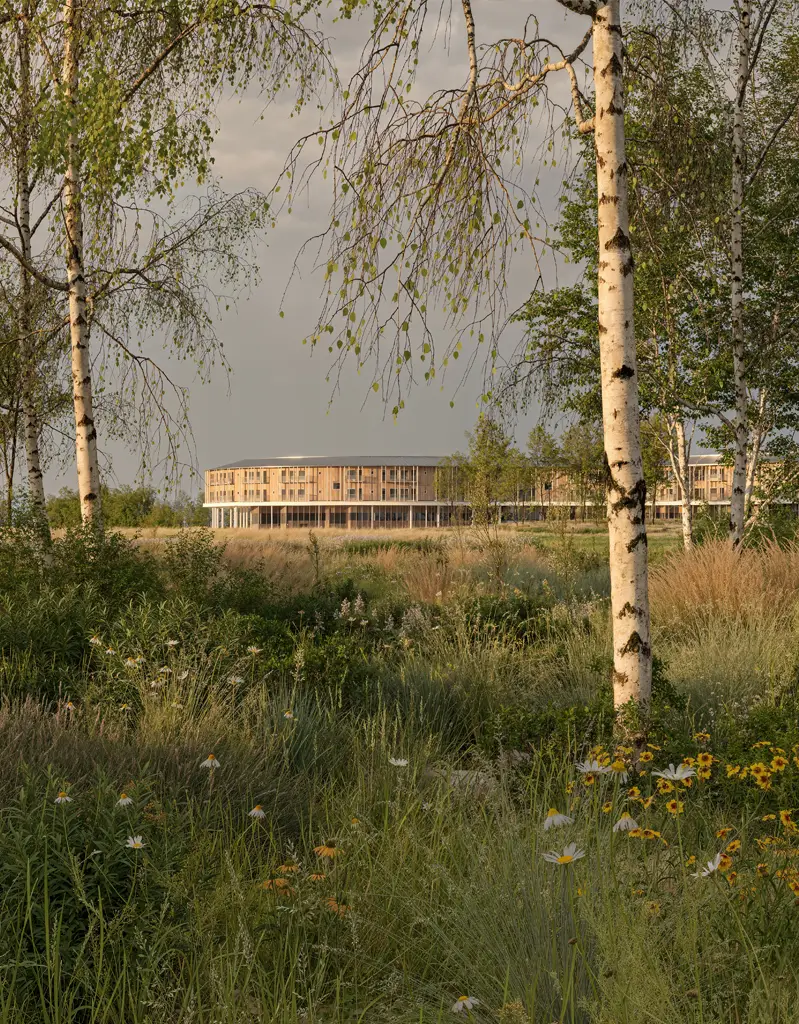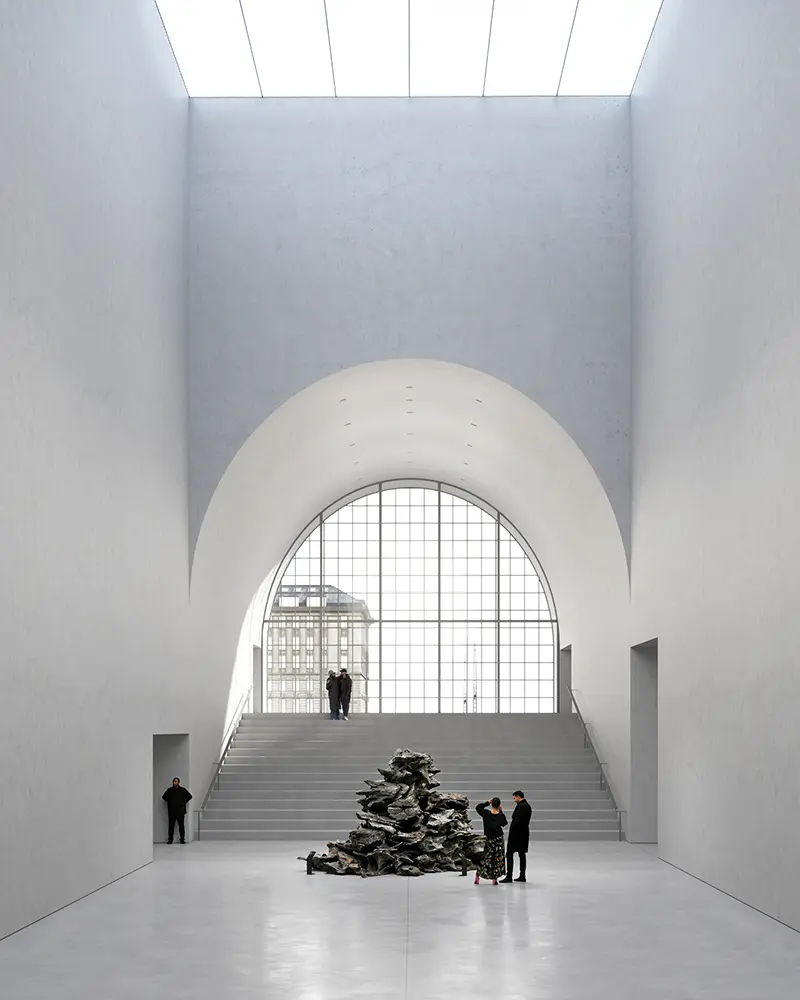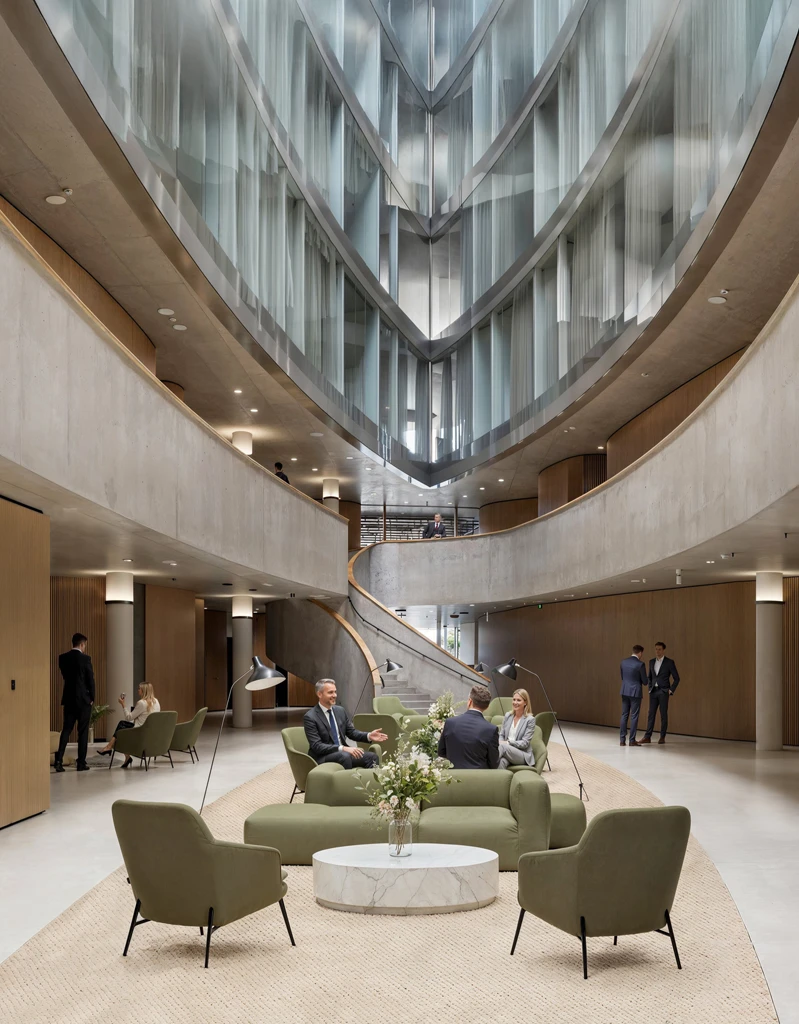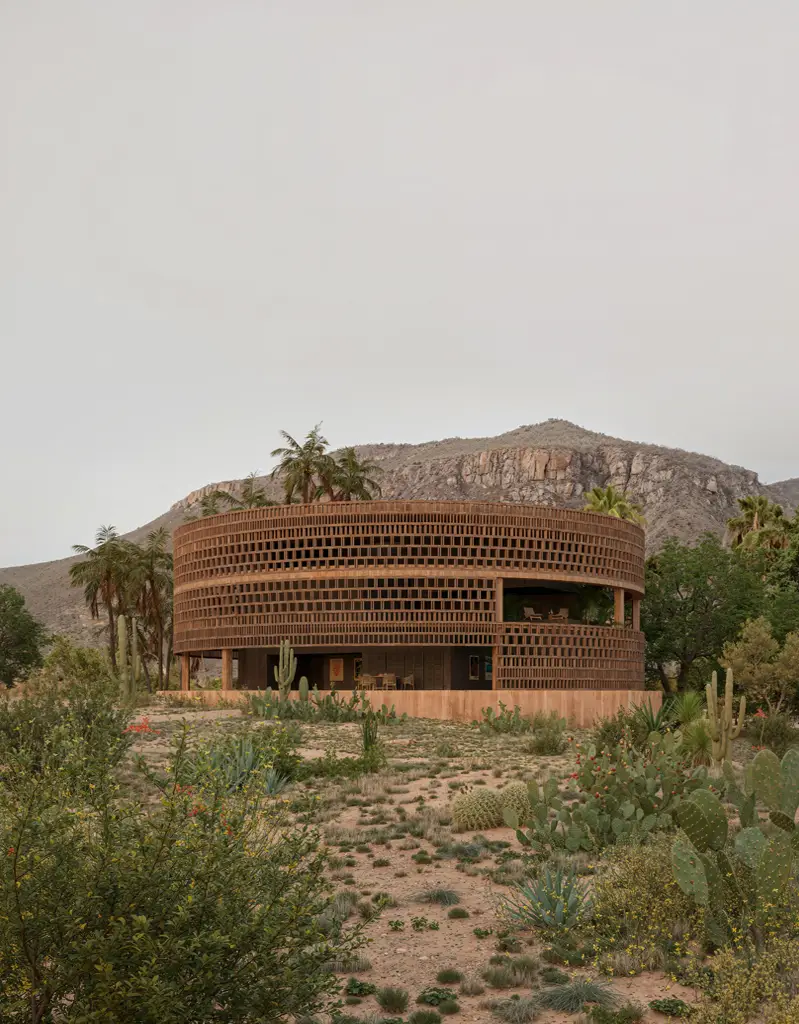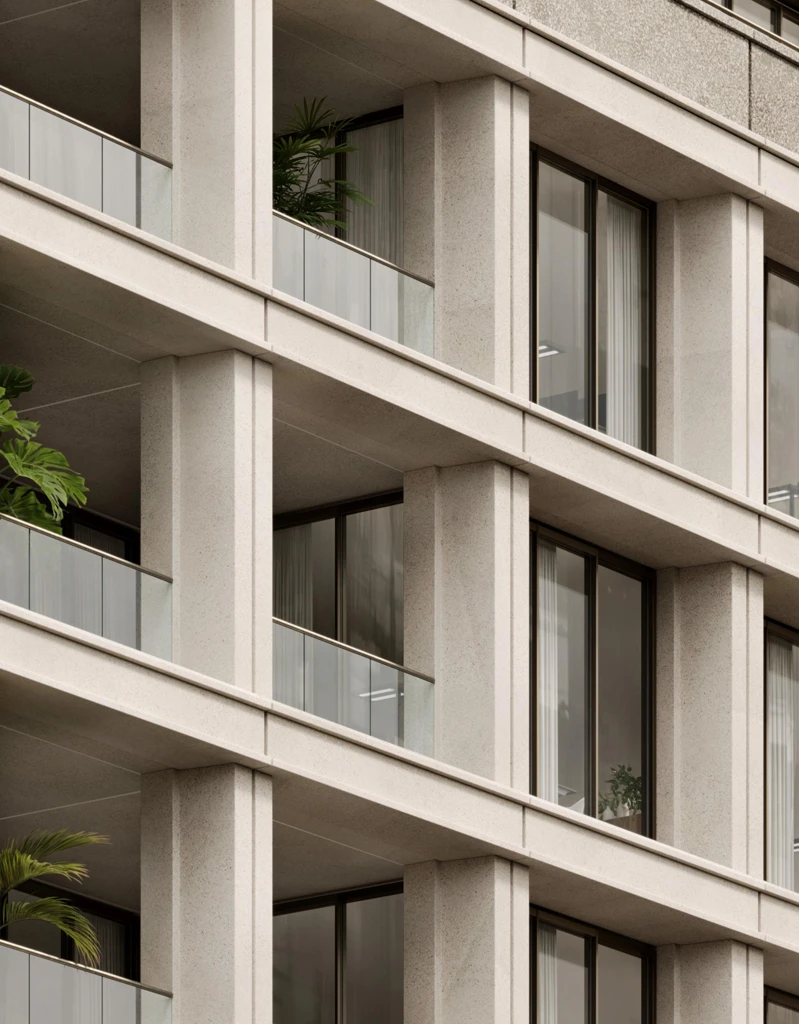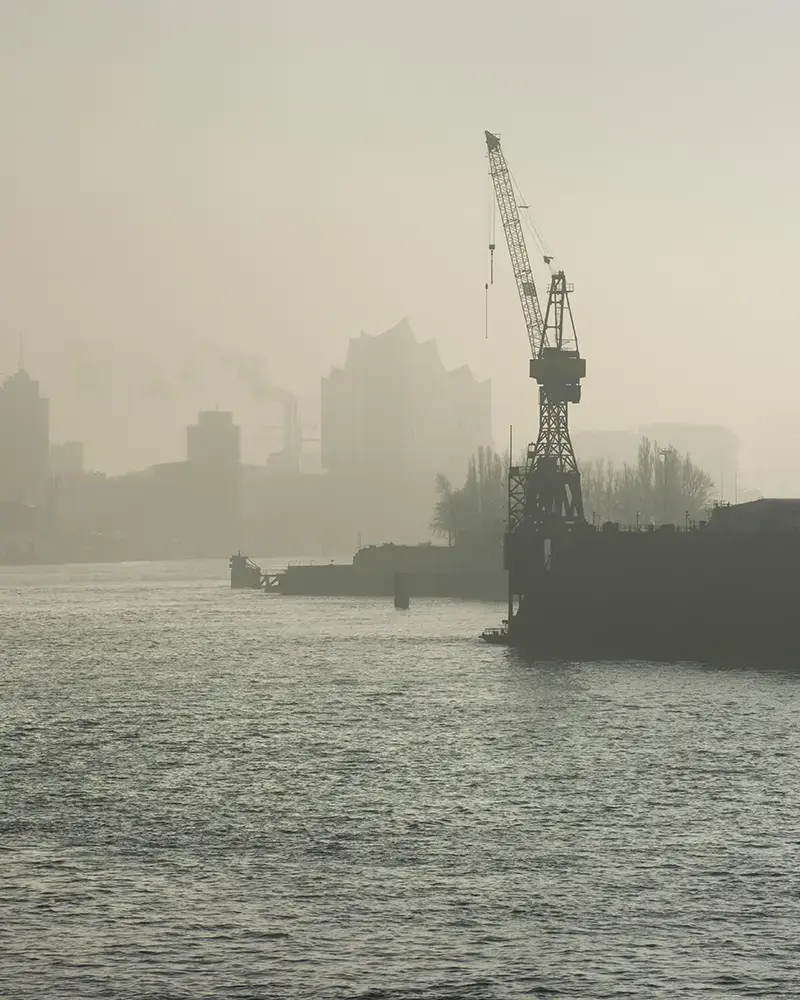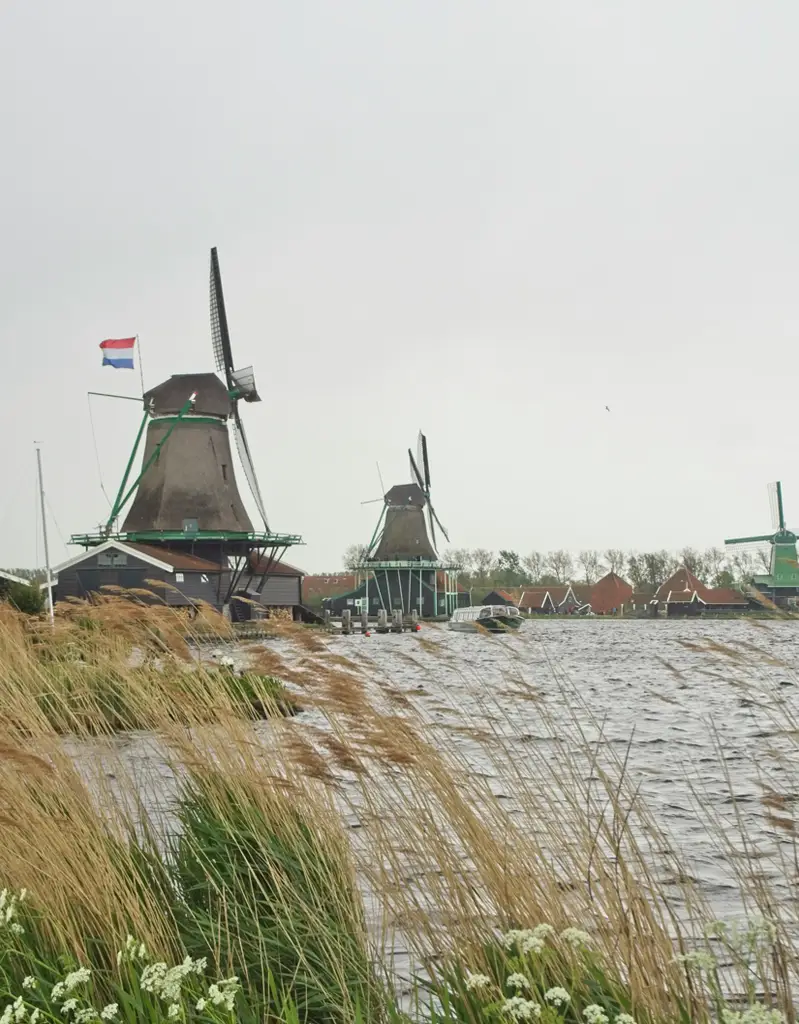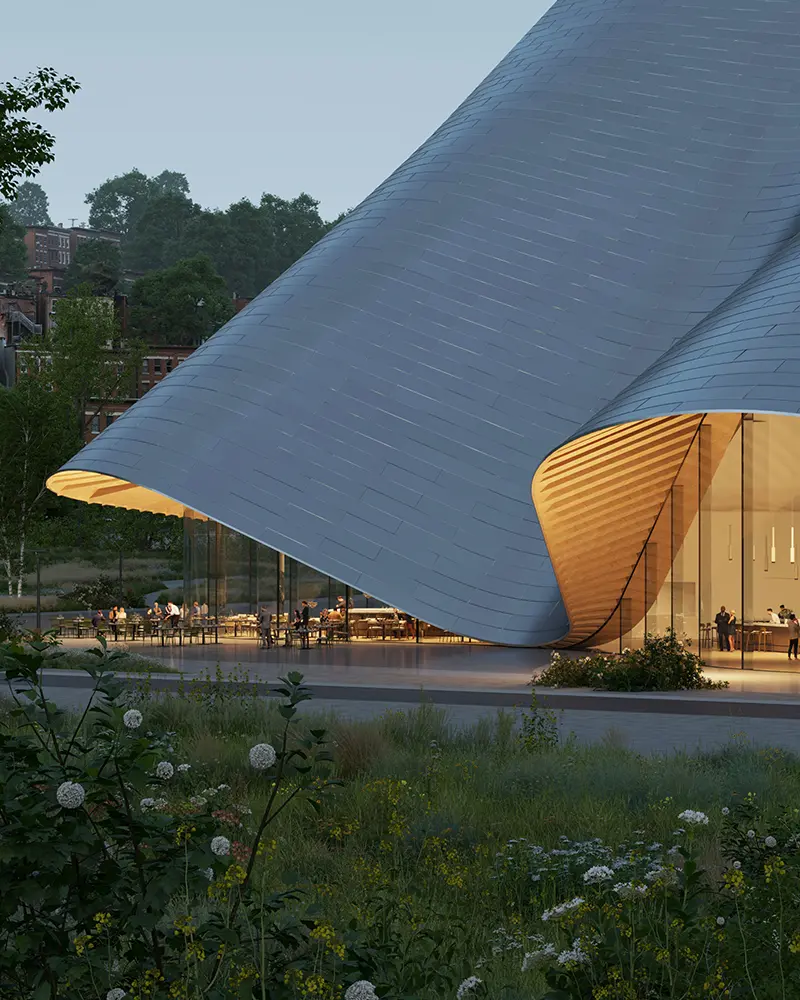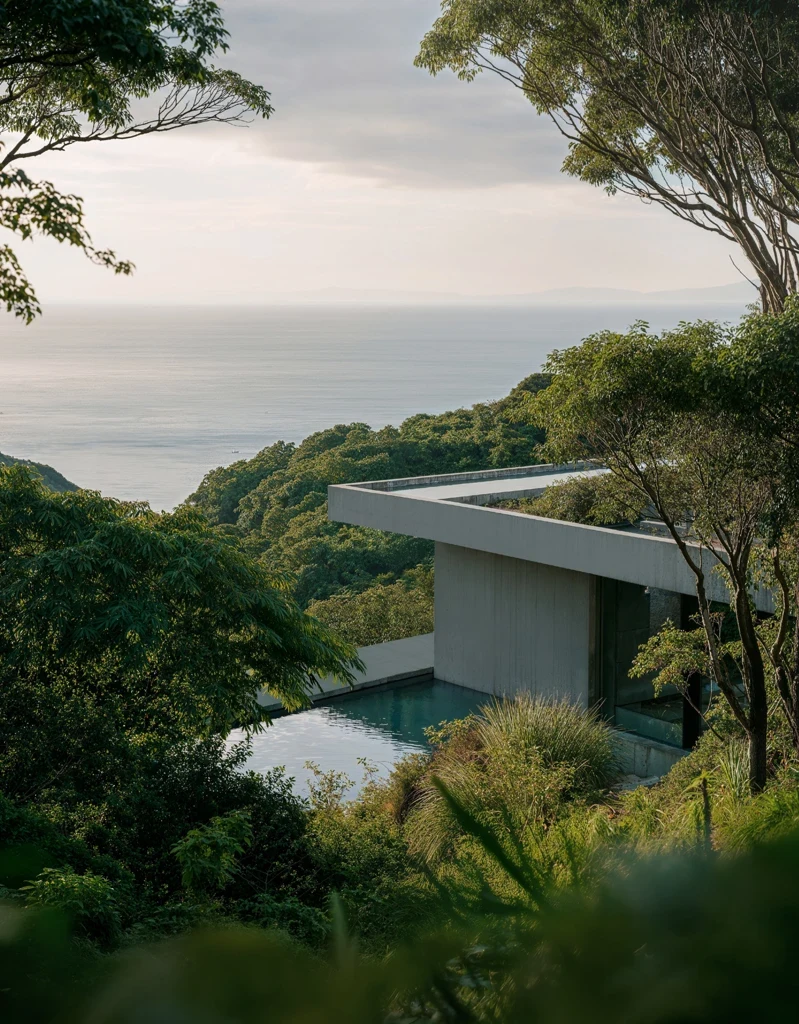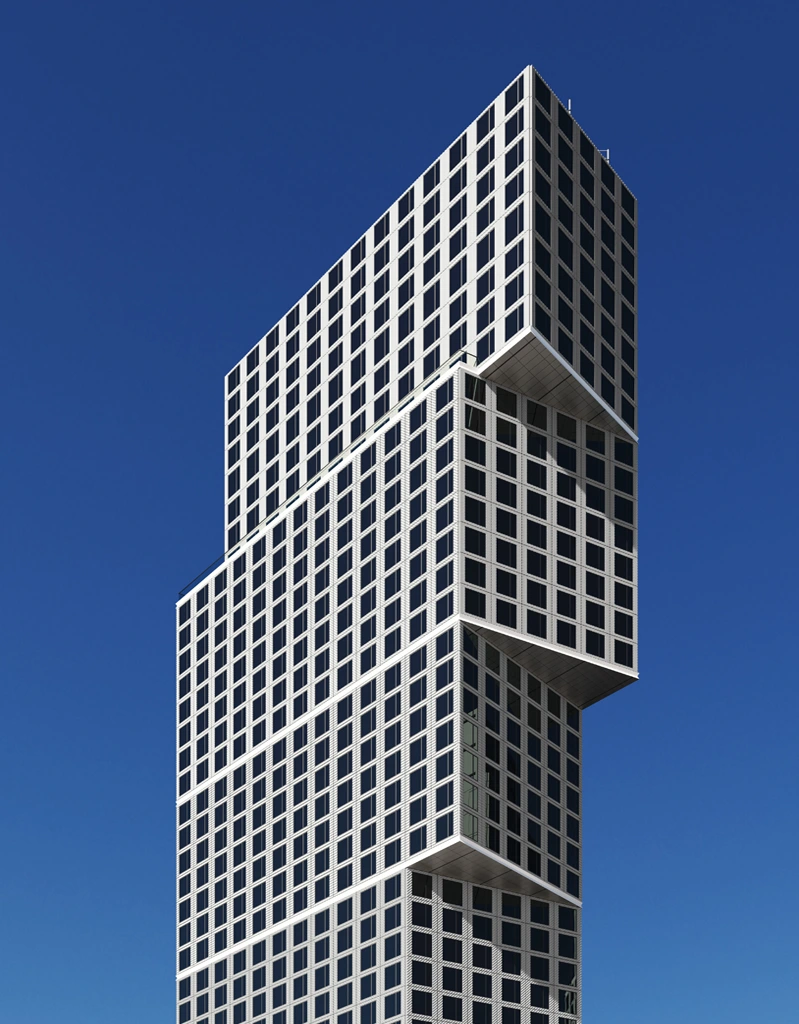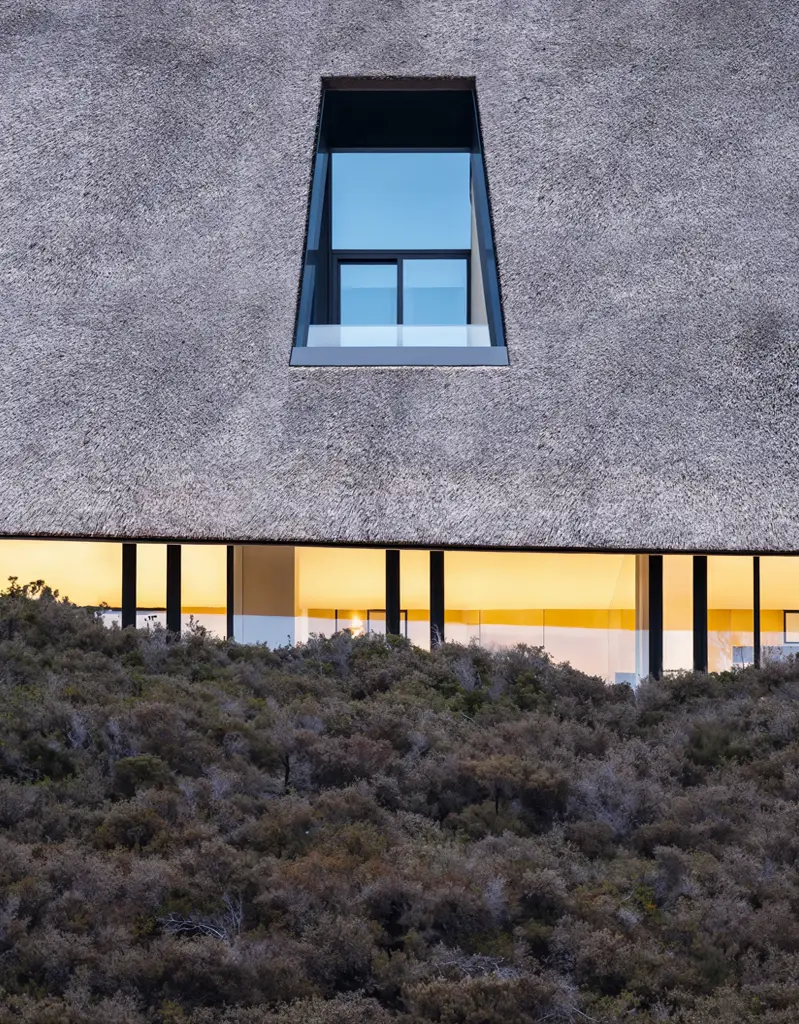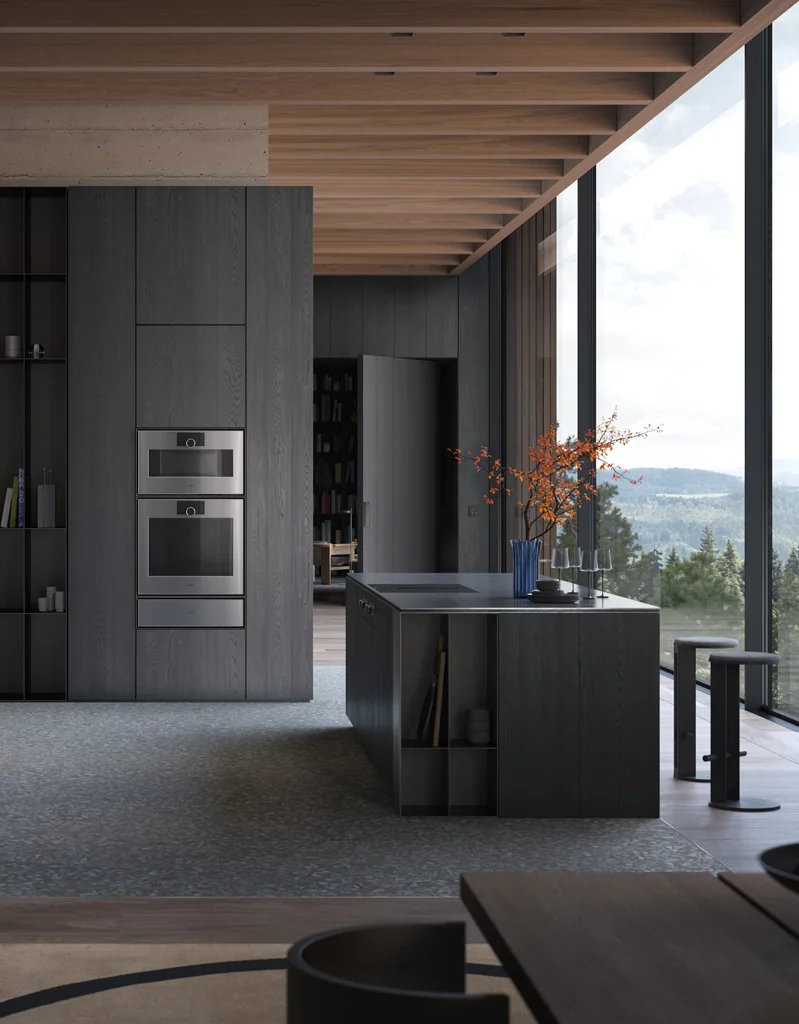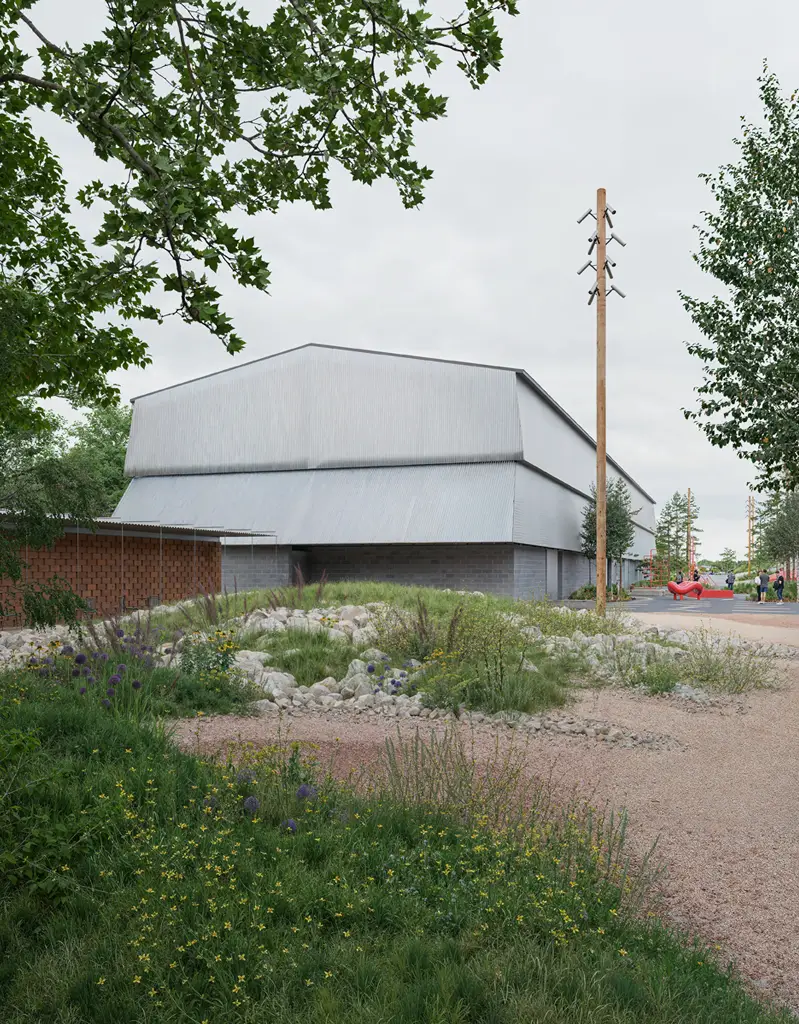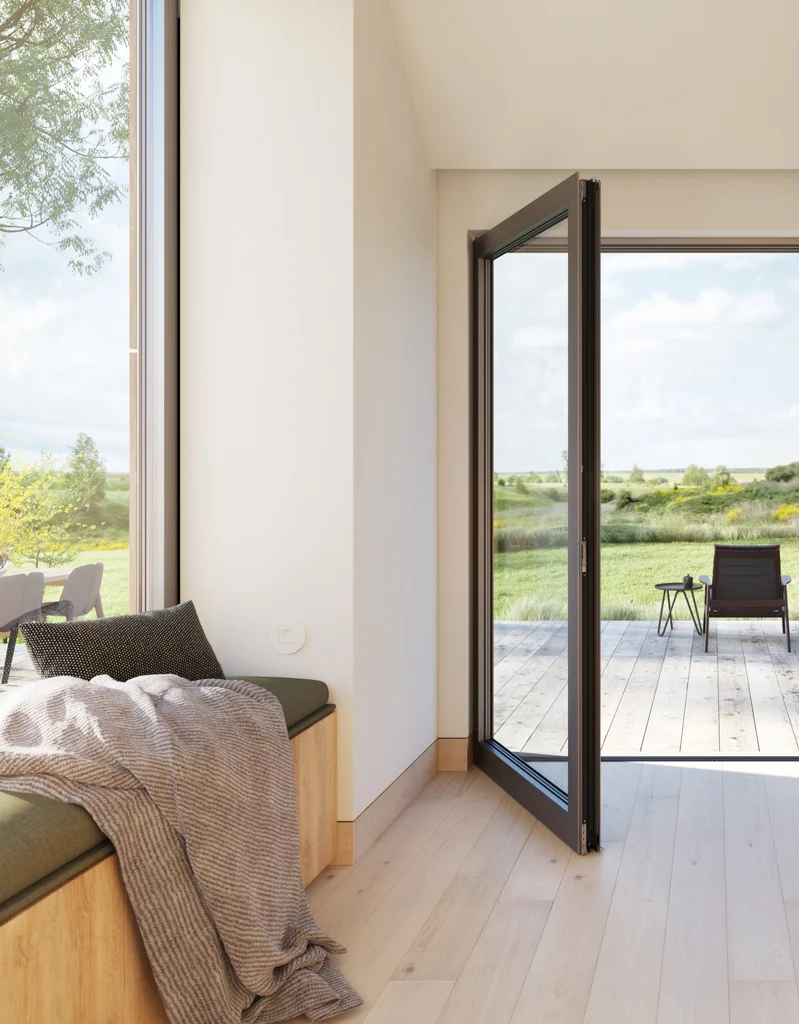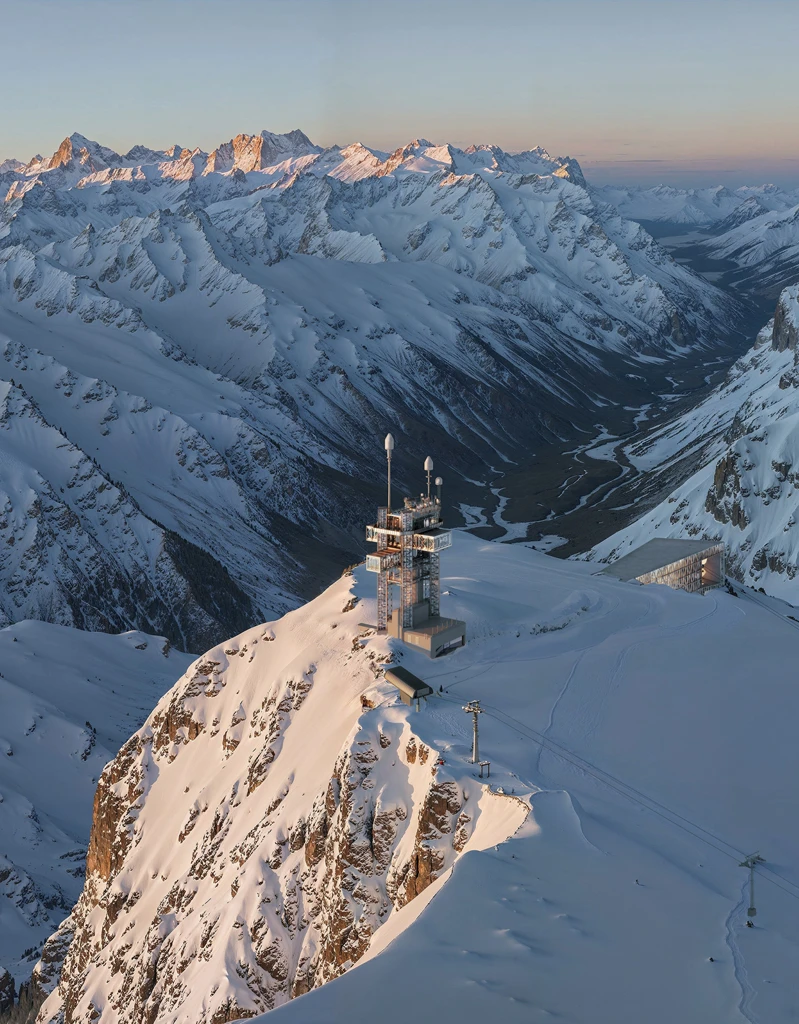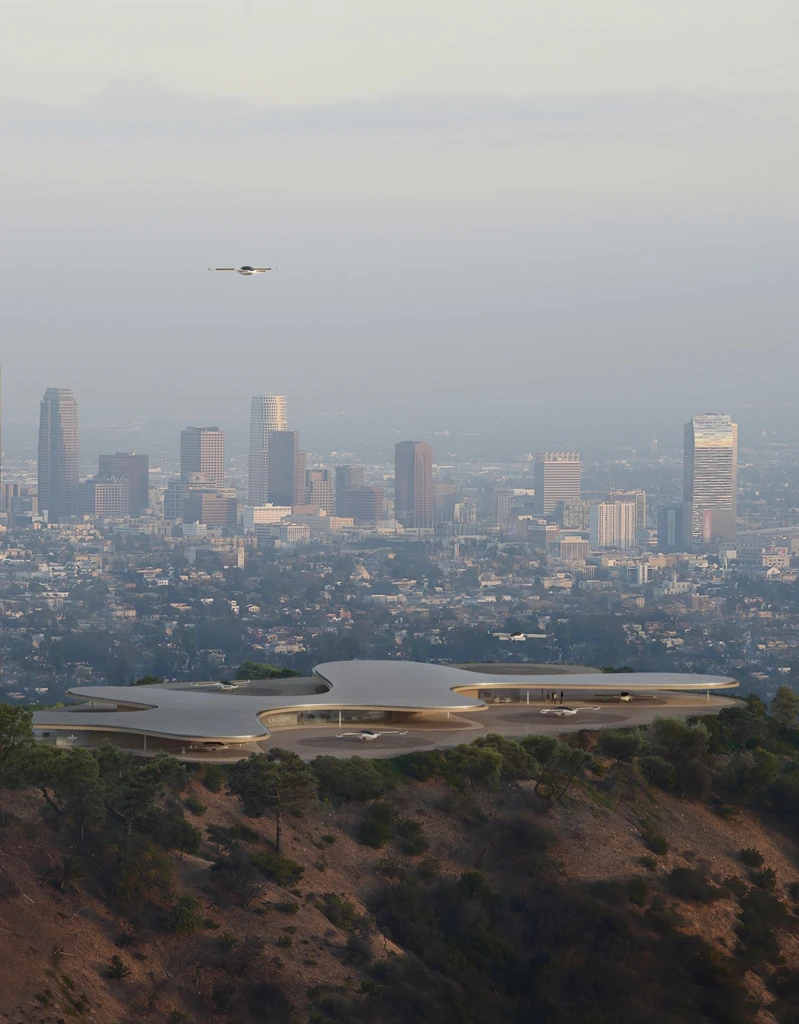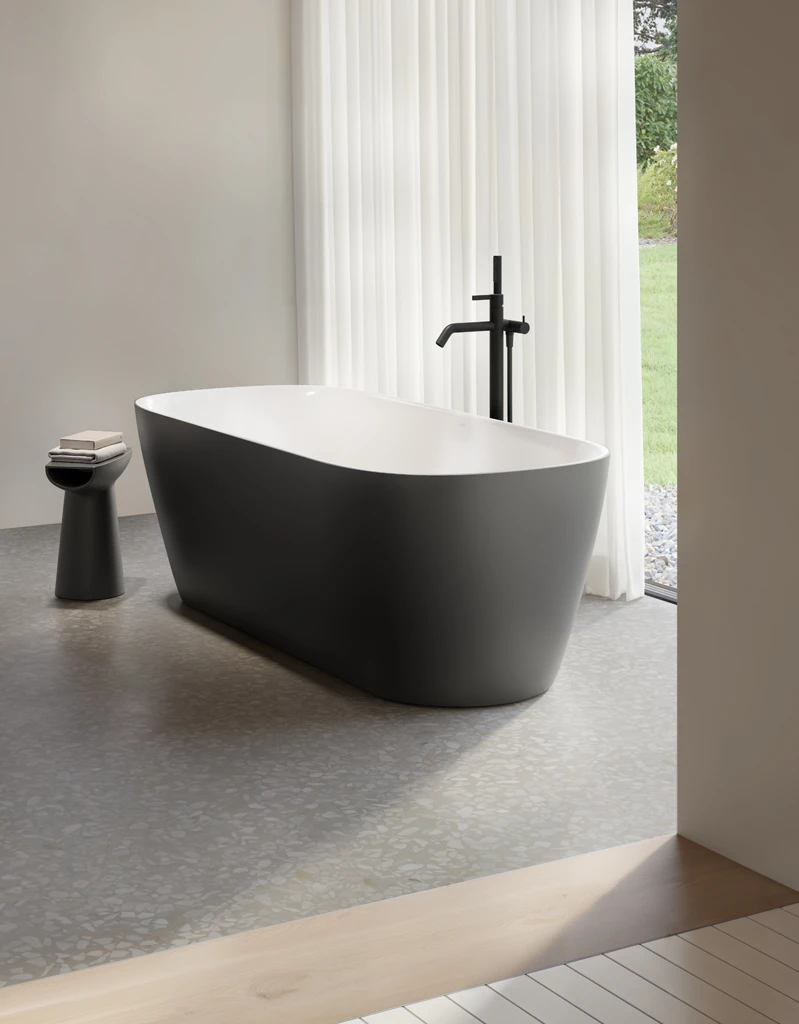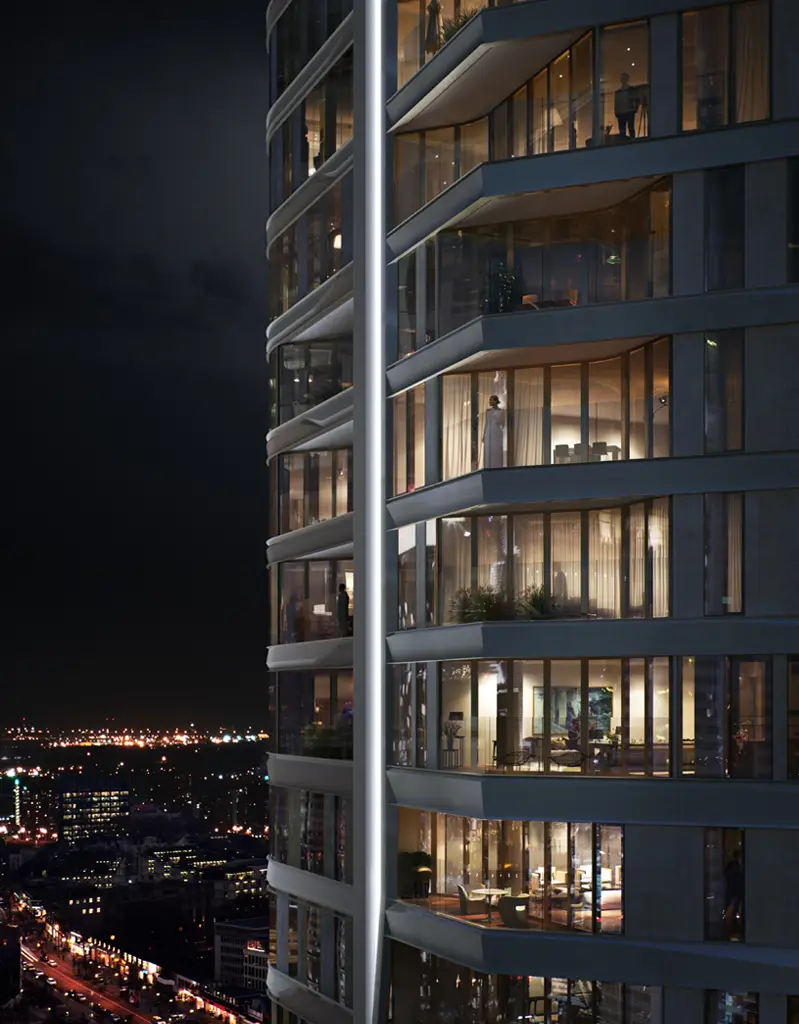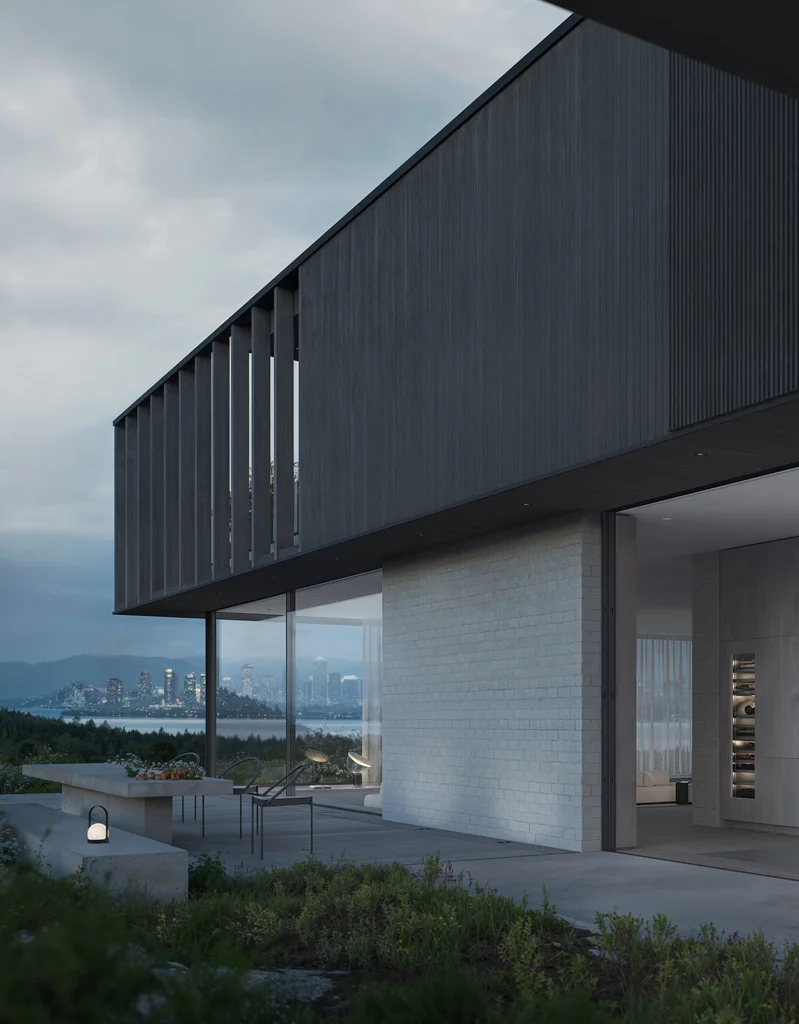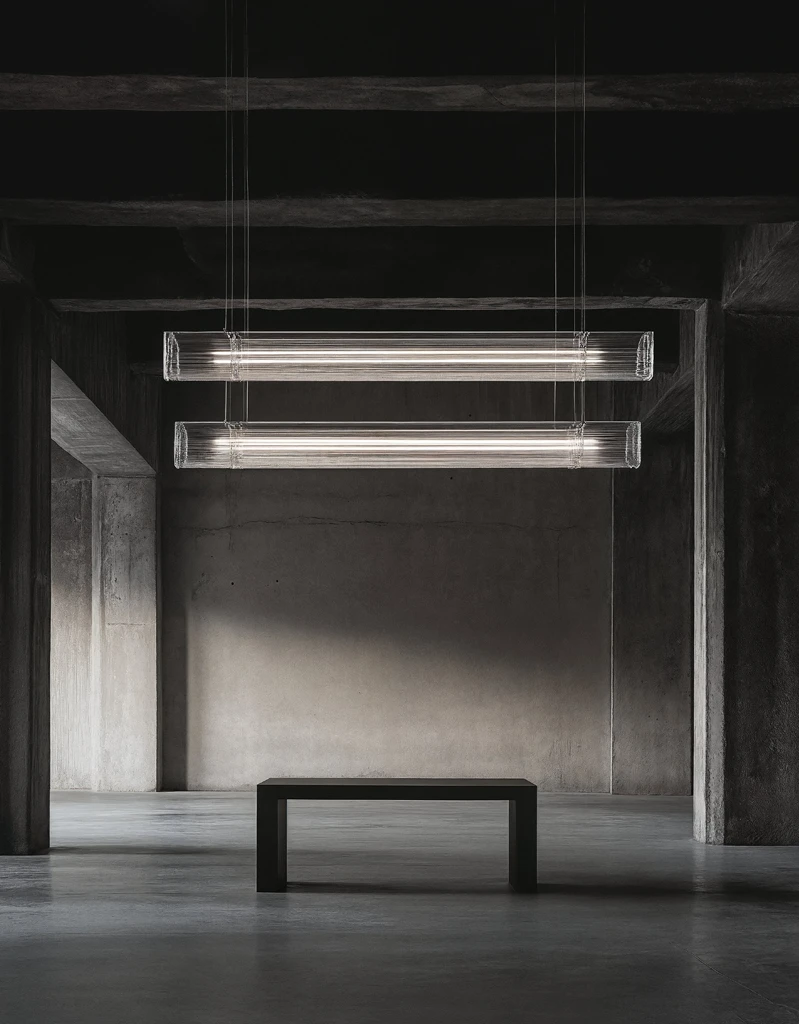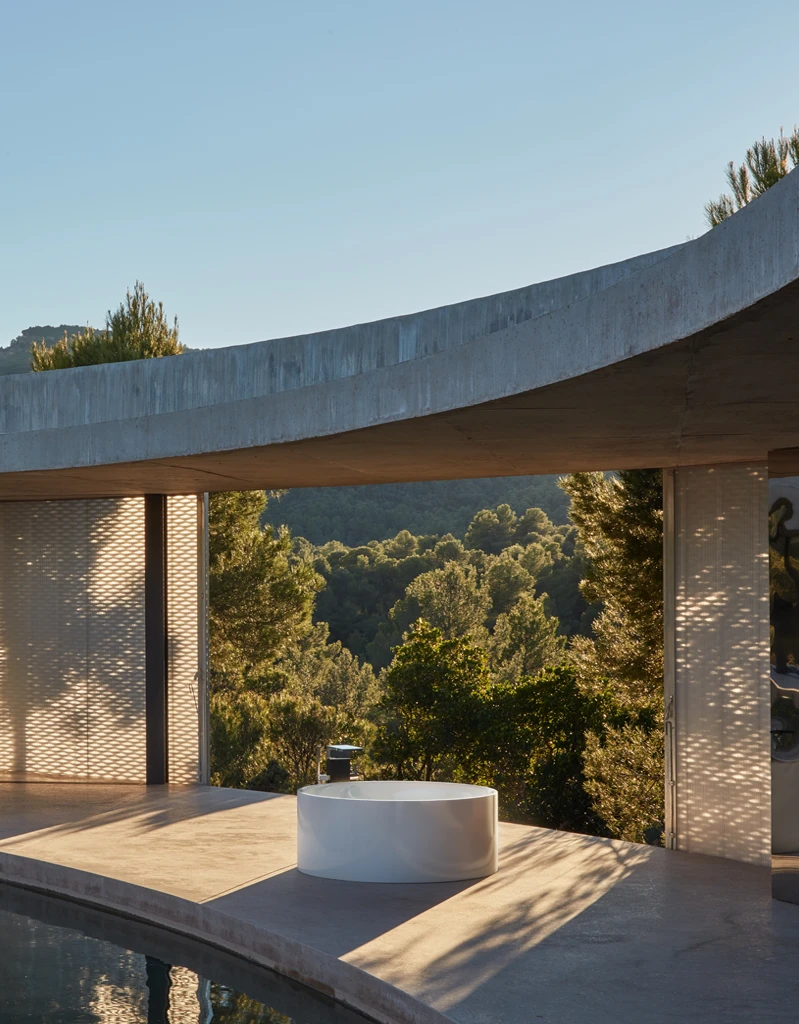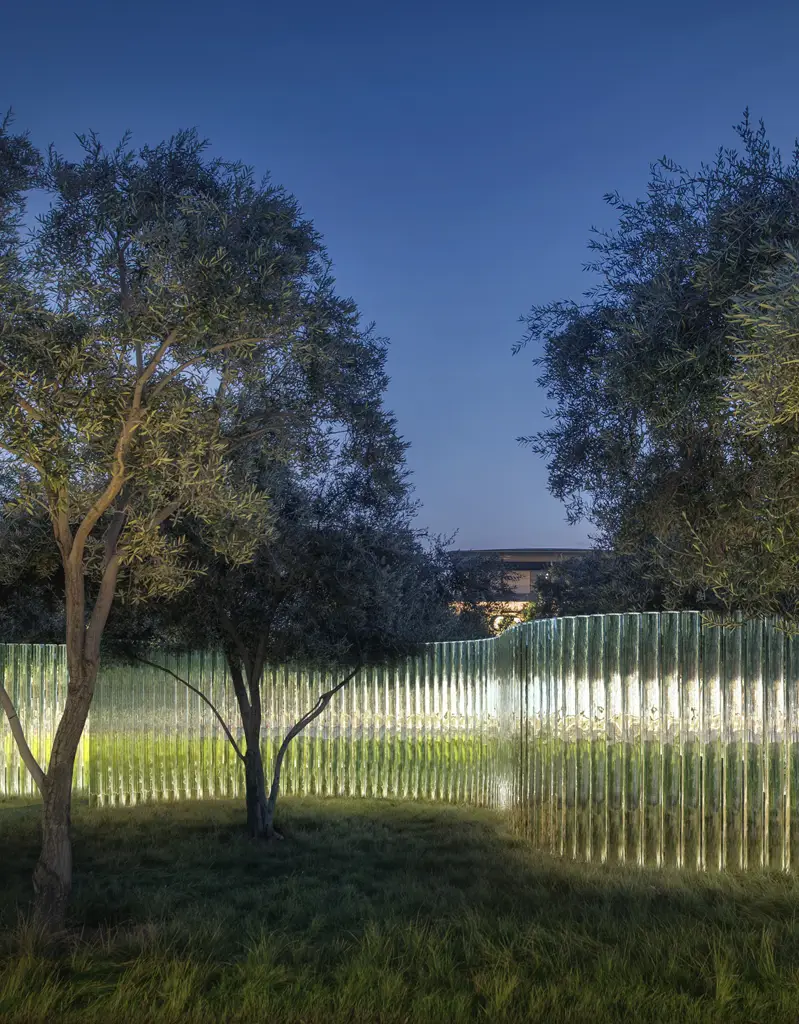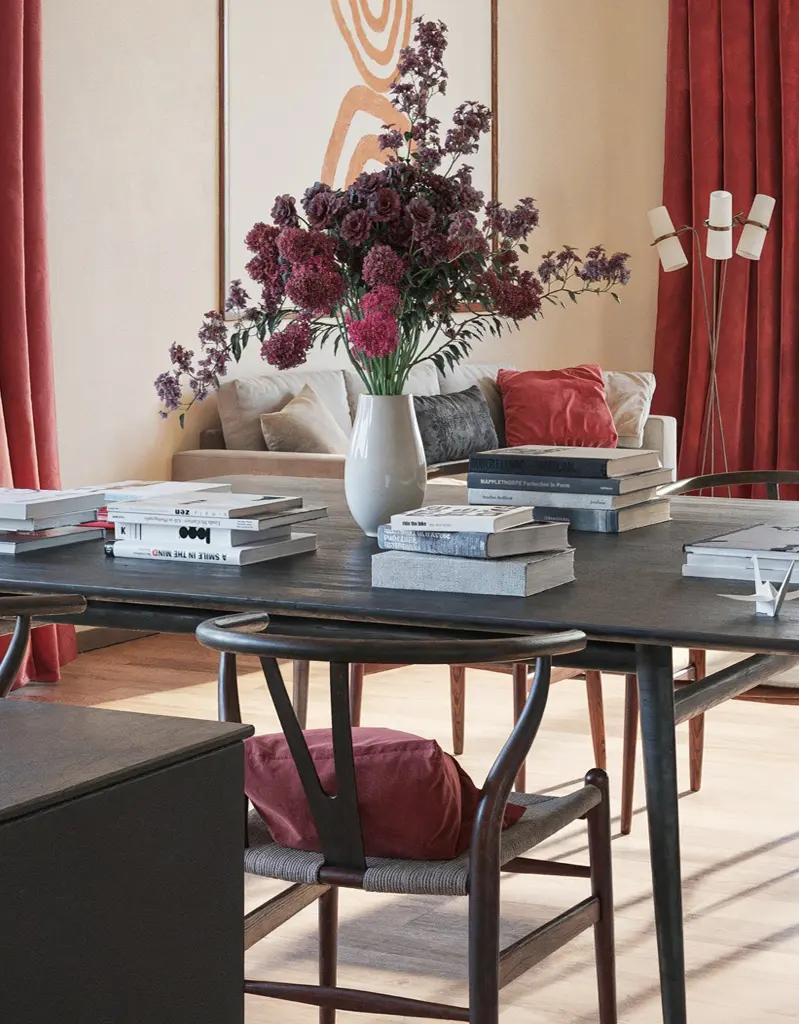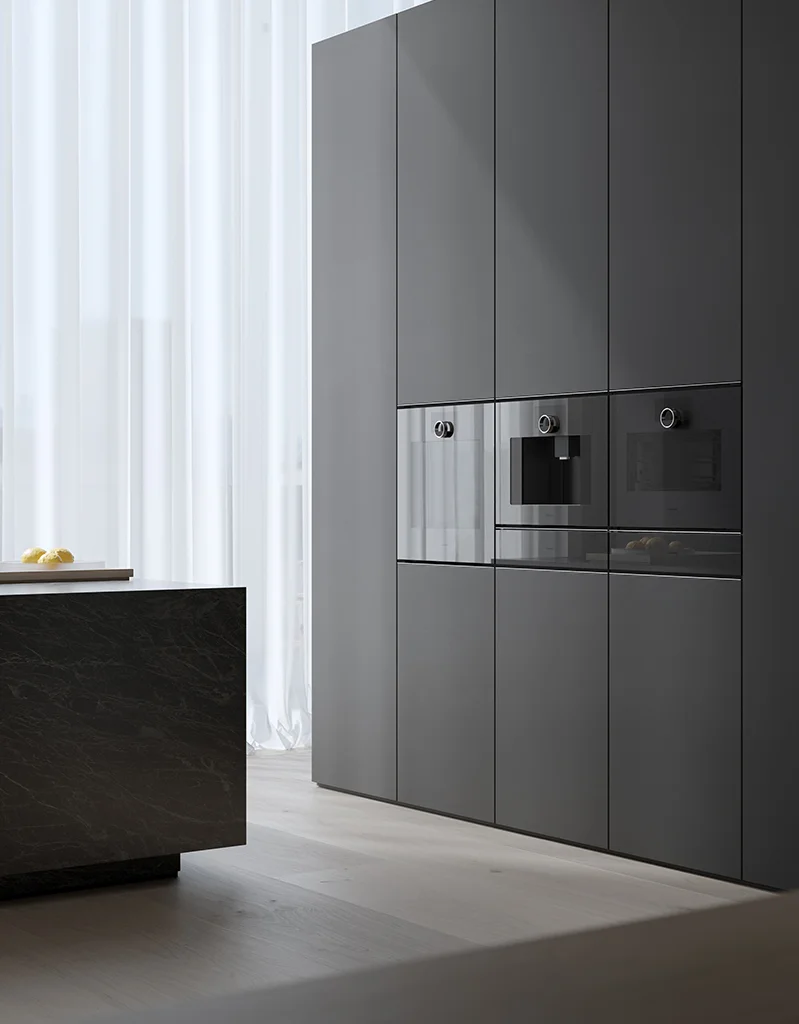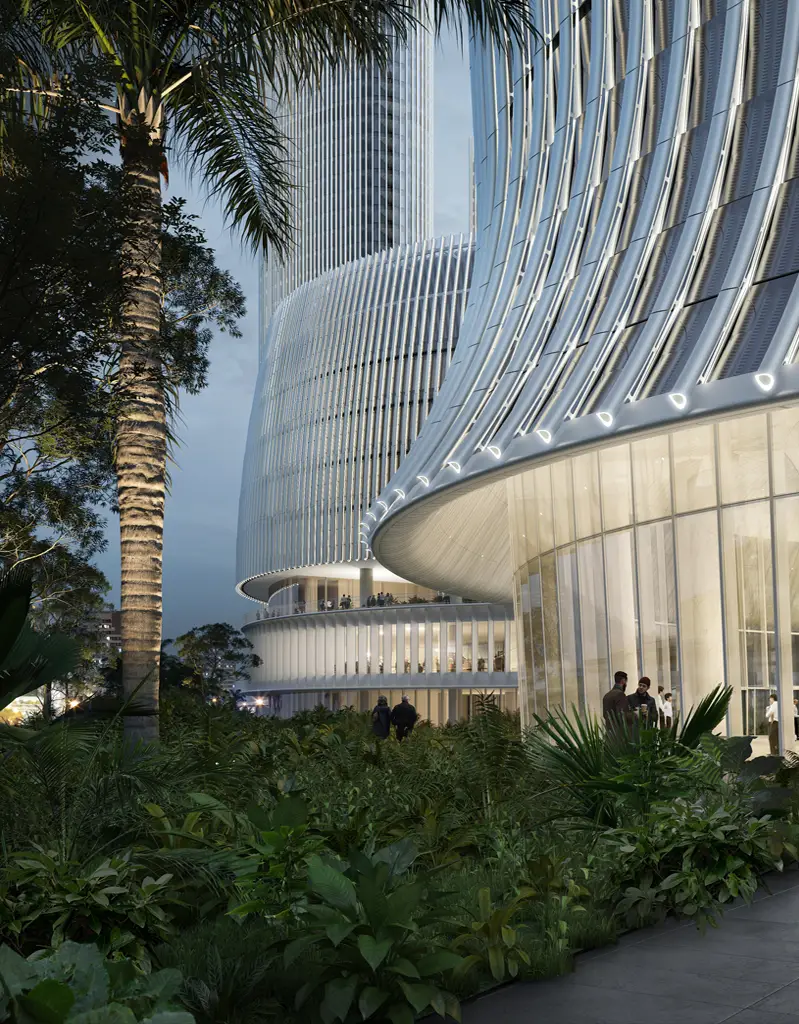
overcast / soft light
Lighting conditions
Lighting is a tool for shaping mood, focus, and narrative in architectural visualization. Each lighting condition tells a different story. Whether soft or sharp, dramatic or understated, the light changes how we read a space and what we feel about it. This series explores six essential lighting types, offering a close look at how each one can be used to support design intent and create compelling, believable images.
Overcast / Softlight
Overcast light flattens contrast and can be used on as an advantage. Without direct sunlight or sharp shadows, surfaces appear more even, and materials take on a subtle depth. Reflections in glass are reduced, making it easier to see inside buildings from the outside. This creates a natural flow between interior and exterior views, particularly useful when visualizing transparency or layering in a design. Overcast lighting is also forgiving: it lets architectural form take center stage without competing with dramatic skies or harsh highlights. These images often feel calm, clear, quiet, and confident. For interior views, it offers a balanced way to light the room while maintaining connection with the outdoors. It allows for realism and clarity that feels true to life.
Overcast light flattens contrast and can be used on as an advantage. Without direct sunlight or sharp shadows, surfaces appear more even, and materials take on a subtle depth. Reflections in glass are reduced, making it easier to see inside buildings from the outside. This creates a natural flow between interior and exterior views, particularly useful when visualizing transparency or layering in a design. Overcast lighting is also forgiving: it lets architectural form take center stage without competing with dramatic skies or harsh highlights. These images often feel calm, clear, quiet, and confident.














